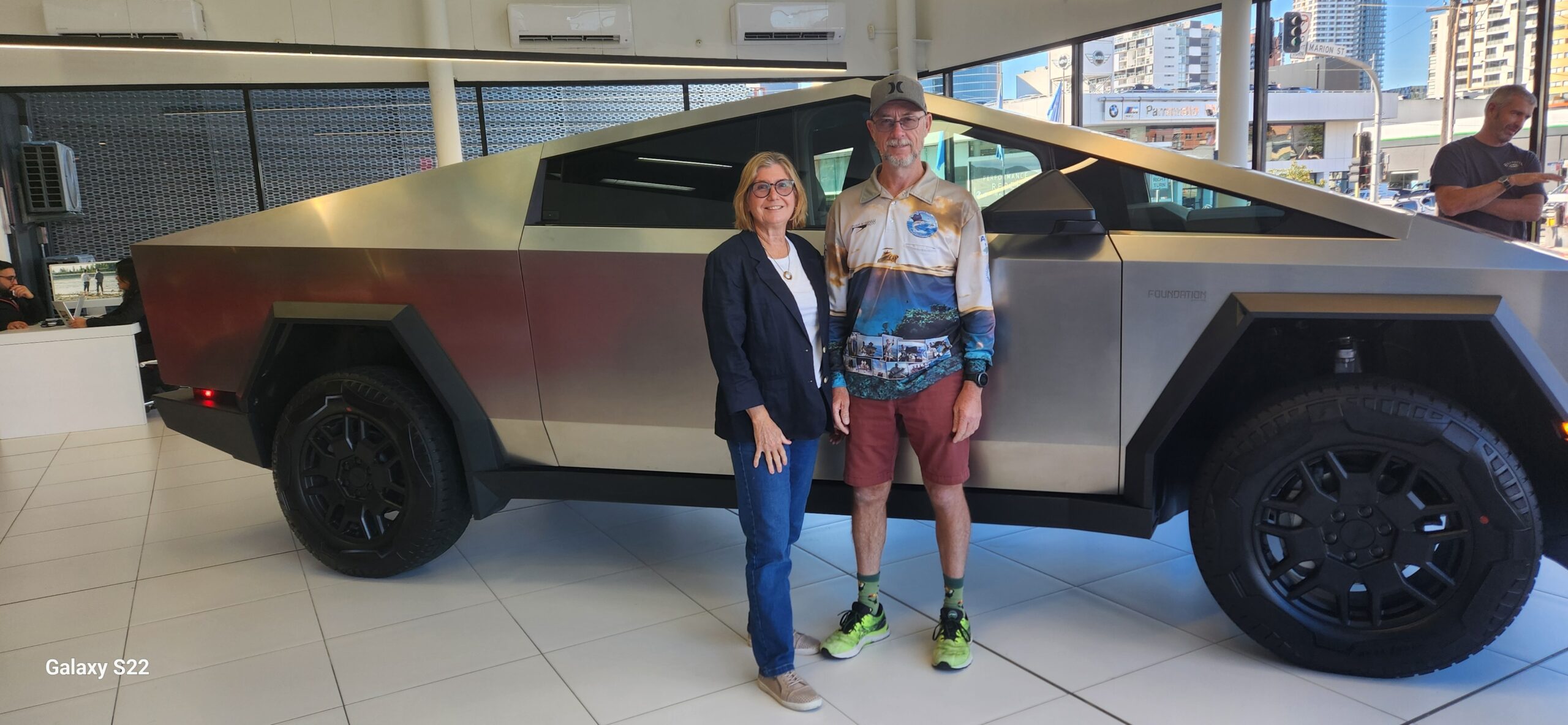Sign up for daily news updates from CleanTechnica on email. Or follow us on Google News!
One part of the Bipartisan Infrastructure law enacted in 2021 that went largely unnoticed was a provision mandating NHTSA — the National Highway Traffic Safety Administration — to develop a federal standard requiring new passenger vehicles to include technology that can prevent drunk and impaired driving as long as it is “reasonable” and “practicable” and can reduce crashes and deaths.
This week, NHTSA announced it is starting the rule making process to implement that mandate.The regulatory notice summarizes existing research and details what technological advancements would be needed to finalize regulations and options for potential rules, citing “blood alcohol content detection, impairment detection (driver monitoring), or a combination.”
A report by NPR says 13,384 people were killed in drunk driving crashes in 2021, making it one of the top causes of death on the road. Deaths, injuries, and property damage from accidents involving drunk drivers were responsible for $280 billion in lost wages, medical costs and more, NHTSA estimated. An analysis by the Insurance Institute for Highway Safety concluded that mandating detection technology could save 10,000 lives a year, the Washington Post reports.
As an aside, 13,384 deaths is four times as many people who died in a terrorist attack on September 11, 2001. That event led to a torrent of outrage and sparked two wars that cost more than $3 trillion and displaced more than a million people. But when people talk about drunk driving, mostly what we get is a shrug and a “Whaddaya gonna do? People drink. There’s nothing we can be done about it” attitude. One group that is not at all blasé about the situation is MADD — Mothers Against Drunk Driving — which has been fighting to make drunk driving history for decades.
When told that NHTSA was beginning the rule making process, MADD national president Tess Rowland said, “Everyone involved in this rule making process at NHTSA and everyone designing impaired driving prevention technologies at car companies need to understand that this is about saving human beings from the horror I’ve experienced and from the deaths and injuries of tens of thousands of Americans. We must get this done. Lives are at stake,” she said. Rowland was hit head on by a drunk driver in 2021.
The Alliance for Automotive Innovation, a trade group that represents automakers, said in a st said, who was hit head-on by a drunk driver in 2021. atement that it was reviewing NHTSA’s announcement. “Every single day automakers are working to make vehicles safer and smarter and to help address avoidable tragedies caused by behavior like drunk driving,” it said.
100% Preventable
NHTSA said on December 13, 2023 that technology to help drunk driving was essential. “Impaired driving crashes are 100% preventable — there’s simply no excuse or reason to drive impaired by alcohol or drugs,” NHTSA acting administrator Ann Carlson said in a statement.
The advance notice of proposed rulemaking announced by the agency is a preliminary stage in the creation of new federal rules. According to NHTSA, it will allow regulators to collect information about the current state of technology used to detect and prevent impaired driving and figure out if it could be implemented nationwide. Some technologies in development include breath and touch sensors to detect whether someone has consumed alcohol as well as cameras that can monitor a person’s eye movements to detect if they are impaired by alcohol.
Some courts require people convicted of driving under the influence to install a breathalyzer in their cars that prevents them from starting the vehicle if alcohol is detected. Regulators said it’s unlikely future technology would be as intrusive as requiring drivers to blow into a breathalyzer every time they start their cars. Anti-drunk driving technology may be a long way off, however. NHTSA’s notice of proposed rule making said that the agency must be assured the technology works consistently before it can require it, and then give automakers at least three years to implement it once it finalizes the rules.
“We are trying to see, can we get it done, does the technology exist in a way that is going to work every time,” said Ann Carlson, the acting NHTSA administrator, adding that public acceptance of the technology would depend on its accuracy. She said there were close to 1 billion trips made by cars and trucks every day in the United States. “If it’s [only] 99.9% accurate, you could have a million false positives,” Carlson said. “Those false positives could be somebody trying to get to the hospital for an emergency.”
In a message to the people who will be working to develop these new technologies, deputy transportation secretary Polly Trottenberg said, ““We’re doing this because we know the need is great. We’re going to call on everyone, our advocate partners, academics and innovators in the technology space. Please bring your best ideas, your research — let’s join together to advance as quickly as we can the next technology in impaired driving prevention.”
NHTSA Mandate Would Alter Driving
A mandate would alter the relationship drivers have with their cars by effectively giving vehicles a veto over whether someone is fit to drive. Regulators acknowledge that the sensors would probably need to work flawlessly to gain acceptance. In the 1970s, Congress mandated that cars not be allowed to start if the seat belts were not buckled. The motoring public was none too pleased with the requirement, however, and the law was repealed soon after it was enacted.
The root of the problem remains a general acceptance of drinking and driving by Americans. It is almost a right of passage for some people to drive drunk. We get outraged if a computer malfunction leads to a fatal crash but pooh pooh the business executive who runs a red light after a few Johnny Walker’s at the club on the way home from work.
In Scandinavia, there is no tolerance for drunk driving as part of the culture and the legal limit for blood alcohol is 0.02% or less. Penalties are severe and enforcement strict. Drunk driving is viewed as antisocial behavior that has no place in daily life.
In some respects, drunk driving in America needs an attitude adjustment as much as it needs new technology. If there was less social acceptance, the incidence of drunk driving would be lessened as well. “Don’t drink and drive” needs to become the accepted wisdom for driving in America.
This almost seems like something the Musketeers at Tesla could solve in an afternoon. Compared to the challenge of making cars drive themselves, this problem seems like child’s play. It certainly can’t be any more complicated than making rockets fly backwards. For a company that prides itself on making driving safer, eliminating drunks behind the wheel would be a huge service to society.
Have a tip for CleanTechnica? Want to advertise? Want to suggest a guest for our CleanTech Talk podcast? Contact us here.
Our Latest EVObsession Video
I don’t like paywalls. You don’t like paywalls. Who likes paywalls? Here at CleanTechnica, we implemented a limited paywall for a while, but it always felt wrong — and it was always tough to decide what we should put behind there. In theory, your most exclusive and best content goes behind a paywall. But then fewer people read it!! So, we’ve decided to completely nix paywalls here at CleanTechnica. But…
Thank you!
CleanTechnica uses affiliate links. See our policy here.




